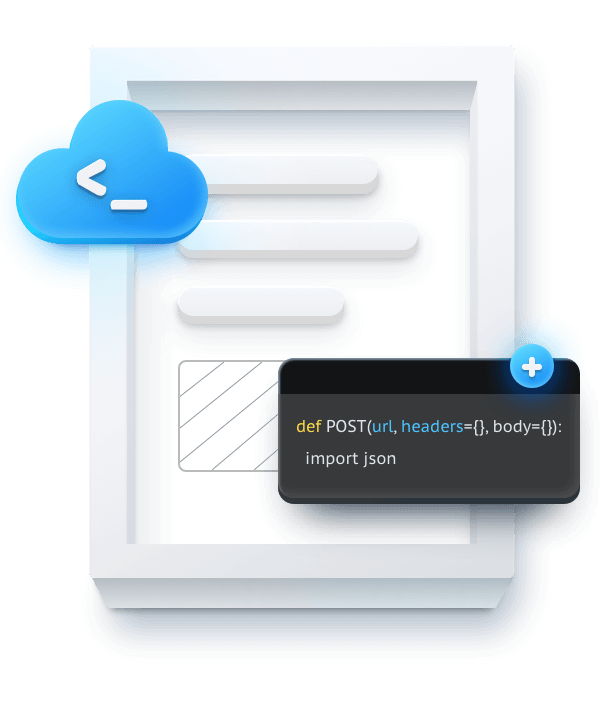Index
Tuya Cube
Tuya Cube, a private deployment solution for IoT services, is designed to help you quickly build your own IoT cloud platform.
Tuya Cube is designed to address all your needs in one place with a comprehensive offering: IoT Core for device connectivity as well as services backed by the Tuya IoT Development Platform, including application and product development, big data development platform, and app marketing solutions.

Developing Path






